Poplar Lumber
- August 1, 2023
- 0 comment
Poplar lumber, sourced from trees belonging to the Populus genus, which are commonly known as poplar or aspen trees, holds a prominent place in the world of woodworking due to its versatility and widespread usage. As a hardwood, poplar boasts several commendable characteristics that make it a popular choice among woodworkers and craftsmen alike. One of its key advantages lies in its affordability, making it an economical option for various projects.

Additionally, poplar’s exceptional workability sets it apart, as it is remarkably easy to cut, machine, and shape, making it a preferred material for both novice and experienced woodworkers. Its smooth and even texture contributes to its appeal, allowing for a flawless surface finish when stained or painted.
Furthermore, poplar’s pale coloration and subtle grain pattern further enhance its desirability, enabling it to adapt effortlessly to a range of aesthetics. Whether left in its natural state to accentuate its light, creamy hue or coated with paint to suit specific design schemes, poplar delivers an appealing visual result. This adaptability makes it a go-to choice for a diverse array of applications, including furniture making, cabinetry, interior trim, millwork, and turnings.
| Common Name(s) | Poplar, Tulipwood |
|---|---|
| Scientific Name | Populus spp. |
| Distribution | North America, Europe, Asia |
| Tree Size | 65-165 ft (20-50 m) height, 2-4 ft (0.6-1.2 m) trunk diameter |
| Avg. Dried Weight | 25-31 lbs/ft³ (400-500 kg/m³) |
| Specific Gravity | 0.40-0.50 |
| Janka Hardness | 540 lbf (2,400 N) |
| Modulus of Rupture | 9,400 lbf/in² (64.8 MPa) |
| Elastic Modulus | 1.4-1.8 Mpsi (9.7-12.4 GPa) |
| Crushing Strength | 4,540 lbf/in² (31.3 MPa) |
| Shrinkage | Radial: 3.7%, Tangential: 7.6%, Volumetric: 11.8% |
Color/Appearance:
Poplar’s color ranges from a pale cream to a yellowish-brown hue, occasionally featuring streaks of green, gray, or purple. As the wood ages, it undergoes slight darkening, but it generally lacks significant color contrast. This subtle coloration makes it an attractive choice for projects where a more neutral and uniform appearance is desired. Its ability to take paints and stains well allows woodworkers to achieve a variety of finishes, adapting to different design aesthetics.
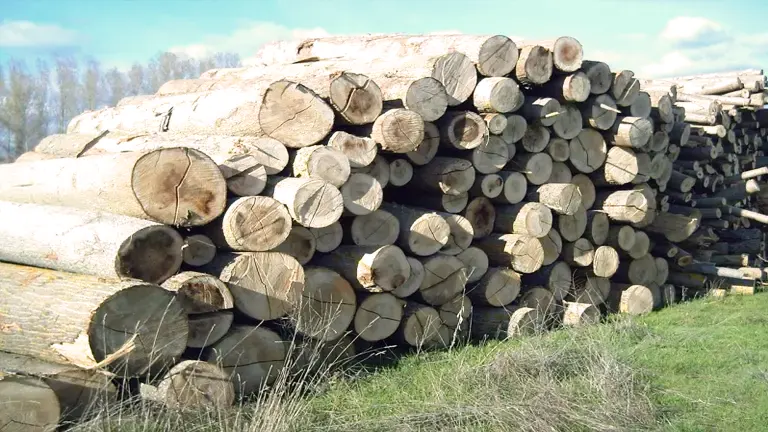
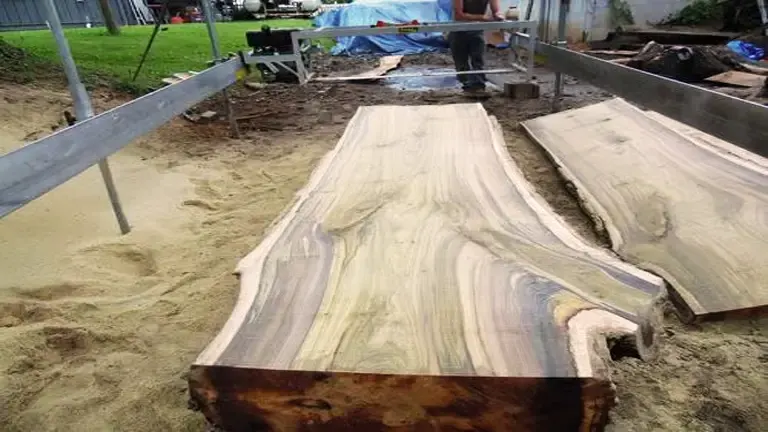
Grain/Texture:
Poplar lumber exhibits a straight and uniform grain pattern, contributing to its overall versatility and ease of working with the material. The wood possesses a medium to fine texture, which enhances its smooth surface finish when sanded and finished. Although poplar typically showcases a straight grain, it may occasionally feature mineral streaks or other irregularities, adding character to the wood without compromising its overall smooth appearance.
Rot Resistance:
Despite its many advantages, poplar is not naturally resistant to decay and is vulnerable to rot and insect attacks if left unprotected when exposed to moisture or in ground contact. To ensure its longevity, it is essential to protect poplar lumber with appropriate finishes or treatments if used in outdoor or damp environments.
Workability:
Poplar’s exceptional workability is one of its most praised attributes. It is remarkably easy to work with using common woodworking tools, such as saws and routers. Additionally, poplar machines and sands smoothly, resulting in well-finished surfaces. Its glue-holding capabilities further contribute to its popularity, as it allows for strong and secure joinery. Woodworkers can also easily paint and stain poplar, making it an ideal choice for various woodworking projects that require customized finishes.
Odor:
When freshly cut, poplar emits a faint, slightly sweet odor. While not a significant characteristic, it can be a pleasant sensory experience when working with the wood.
Allergies/Toxicity:
Poplar is generally considered non-toxic and does not cause severe allergic reactions. However, some individuals may experience respiratory irritation when working with the wood, so proper safety measures should always be taken when handling any wood dust.
Pricing/Availability:
Poplar is widely available and is regarded as one of the most economical hardwoods on the market. Its affordability makes it an attractive choice for budget-conscious woodworkers and makes it easily accessible for various projects.
Sustainability:
Poplar is a relatively fast-growing tree species, and its abundance makes it a more sustainable option compared to slower-growing hardwoods. Responsible forestry practices contribute to maintaining the sustainability of poplar as a renewable resource.
Common Uses:
Poplar lumber finds widespread application in numerous woodworking projects. It is commonly used for furniture making, cabinetry, millwork, interior trim, paneling, and turnings. Its smooth and even surface, along with its adaptability to paint and finishes, makes it particularly suitable for projects that require a consistent, polished appearance, such as painted furniture and decorative interior elements.
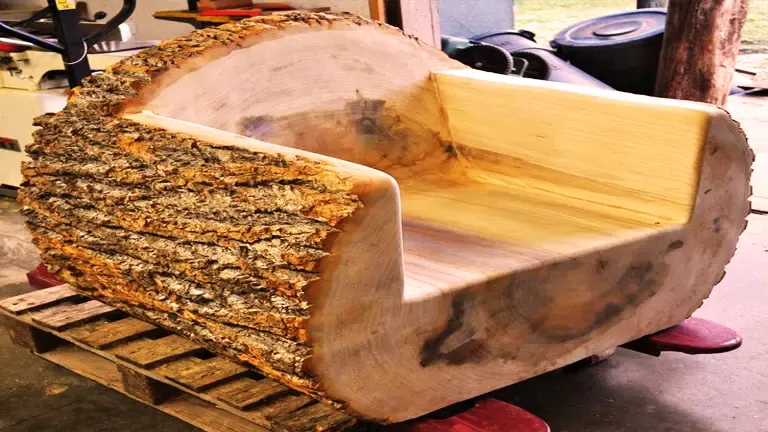


Poplar lumber typically refers to the wood sourced from trees belonging to the Populus genus. There are several species of poplar trees, each with its distinct characteristics. Some of the most common kinds of poplar lumber include:
- Eastern Cottonwood Poplar (Populus deltoides): Native to North America, the Eastern Cottonwood is one of the largest and fastest-growing species in the poplar family. It exhibits a pale to medium brown color with a straight and uniform grain pattern. This type of poplar is commonly used for pallets, crates, and other utility-grade applications due to its relatively lower density and larger size.
- Tulipwood (Yellow Poplar) (Liriodendron tulipifera): Despite its name, tulipwood is technically not part of the Populus genus; it belongs to the Liriodendron genus. However, it is commonly referred to as “yellow poplar” and is often associated with poplar lumber. Tulipwood has a yellowish-green to tan color with occasional streaks of purple or green. It boasts a straight grain with a fine, even texture, making it a favorite choice for furniture, cabinetry, and interior trim.
- Black Poplar (Populus nigra): Black poplar is native to Europe and is known for its dark, greyish-brown heartwood and paler sapwood. It has a straight and uniform grain pattern with a medium to fine texture. Black poplar lumber is used for various applications, including furniture, veneer, and turnings.
- White Hybrid Poplar (Populus deltoides x Populus nigra): As the name suggests, hybrid poplar results from the crossbreeding of Eastern Cottonwood and Black Poplar species. It inherits characteristics from both parents, such as fast growth, larger sizes, and relatively good decay resistance. Hybrid poplar lumber is often utilized for pallets, crates, and other utility-grade applications.
- European White Poplar (Populus alba): Native to Europe and parts of Asia, European White Poplar features a creamy-white to light yellowish-brown color. It has a straight and uniform grain with a fine texture. European White Poplar is commonly used for plywood, veneer, and various utility-grade applications.
- Aspen Poplar (Populus tremuloides): Aspen, also known as American Aspen or Quaking Aspen, is native to North America. It has a light cream to pale yellowish-brown color with a straight grain and fine texture. As
FAQs:
- Is poplar a hardwood or softwood? Poplar is considered a hardwood, even though it is softer compared to other hardwoods like oak or maple.
- Can I stain poplar to look like a different wood? While poplar takes stain well, achieving an identical appearance to other woods can be challenging due to its naturally light color and lack of prominent grain.
- Is poplar suitable for outdoor use? Due to its lack of natural resistance to decay and insects, poplar is generally not recommended for outdoor applications unless adequately protected with finishes or preservatives.
- Is poplar sustainable? Yes, poplar is considered a more sustainable option due to its relatively fast growth and widespread availability.
- What is the best way to finish poplar for a natural look? For a natural look, using a clear finish like a varnish or lacquer is ideal, as it preserves the wood’s pale color while enhancing its appearance.




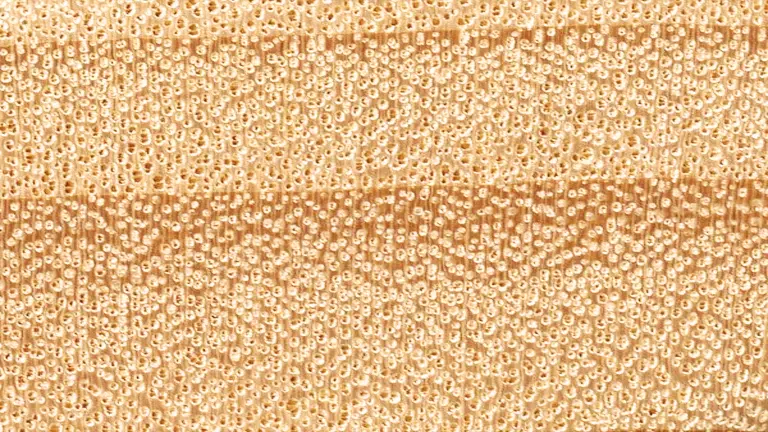

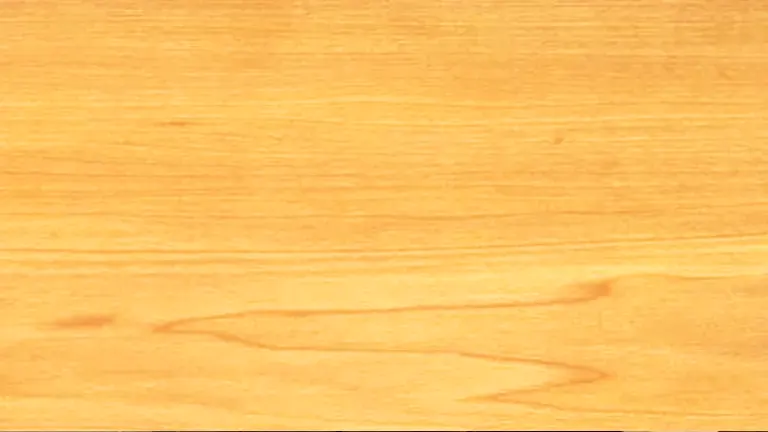







Leave your comment